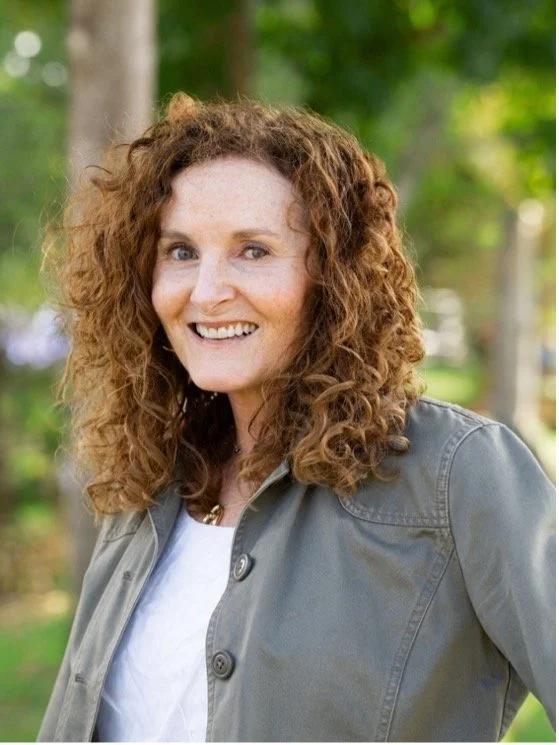I think often in our culture, which is increasingly dominating the globe, there is an emphasis on individual choices because it seems like that is what we can control, rather like looking for lost keys under the streetlight because that is the only place the street is visible, regardless of where the keys may have been lost. But my experience has been that the worst health effects tend to come from those influences we cannot control; at least those are the most unjust because the person is in no way at fault. For instance, the harms caused by lead and tobacco were known long, long before companies putting lead in children’s toys or manipulating nicotine levels would admit to what they were doing. Tobacco and paint companies complained about regulations, obfuscated the truth, pressured regulators, and even paid researchers to construct misleading or false science. Naomi Oreskes and Erik Conway, in Merchants of Doubt: How a Handful of Scientists Obscured the Truth on Issues from Tobacco Smoke to Global Warming, show how intentionally this was done, in some cases by the same individuals over a period of years, on issues ranging from acid rain to pesticides to climate change. In an effort to absolve themselves from blame, manufacturers argued that it was the choice of the consumer whether to use the paint or to smoke the cigarettes. For some people, there was a free choice to smoke, or to be exposed to lead paint, but that was not true for everyone. It was not true for the children. And look at the consequences. It is not right that the default modus operandi is on the side of toxic chemical producers and not on the side of the children – and the rest of us. Parents have to constantly battle default decisions made for them and actively choose for their children not to be exposed. In fact, free choice to protect our children is continually taken away. In our case, despite all the things we did to protect our babies – filtered water, purified air, organic food, non-toxic cleaning agents – our precautions were nullified because of decisions made at the corporate or governmental level: none mattered compared to the chlorpyrifos being sprayed for mosquitoes straight in our windows without our knowledge or permission. We knew what caused cancer, particularly in children. But that knowledge, which we pursued in order to protect our children, as all good parents do, was largely ineffectual, pitted against the enormous money and political influence of corporations. Individual choices are constantly taken away by the plutocratic giants of our society. Louisiana, for instance, was poor before it became cancer alley, but is even poorer in some ways today, now that more people have health problems from the pollution caused by industry and now that wild food sources, like fish and game, are no longer safe choices. Pesticide use in India and China is increasing dramatically, to the detriment of those exposed, mostly poor farmers and their families; suicide among farmers in India by means of pesticides has become epidemic. Not long ago, 23 disadvantaged children in Gandamal, India were killed by toxic levels of the pesticide monocrotophos in their free lunches. While these appalling poisonings make the news, low-level poisoning, like that experienced by farm families everywhere, is much more widespread. The percentage of industrial chemicals used in the developing world is increasing, year by year; the Organization for Economic Cooperation and Development has estimated it at 33% in 2020, compared to 23% in 1995 (2008). Regulation of dangerous chemicals is more difficult in the developing world. One study in India found seven times as much endosulfan, a pesticide that is dangerous but highly effective against the Tea mosquito bug, in the bone marrow of children with leukemia, compared to children in a matched control group; endosulfan is the most widely used pesticide in India, despite aerial spraying being banned by court order (Rau et al. 2012). Another study describes the millions of tons of pesticides sprayed in the valley of Kashmir and links exposures in farmworkers with high rates of brain cancer (Bhat et al. 2010). Given the lack of infrastructure to protect public health and the environment, increasing attention needs to be paid to protecting children in the developing world (Trasande 2011). As the President’s Cancer Panel points out, much, perhaps most, of cancers in the United States and elsewhere could be prevented if we reduced just a few sources of environmental exposures: industrial pollution; agricultural and landscape chemicals, particularly pesticides; excess medical radiation; military sources; and possibly, cell phone radiation (2010).
Even the idea that individuals are responsible for their own obesity seems somewhat illusory when one considers that we are all forced to ingest obesogens and that the built environment makes it difficult to exercise, while government-subsidized soy and corn crowd our diets with unwanted calories. When I was younger, I believed that by making the right and best choices for my family, I could protect them, almost single handedly, without the aid of society and government. I learned how wrong that was in the worst way imaginable.
References
Bhat, A.R., Wani, M.A., Kirmani, A.R., Raina, T.H. (2010). Pesticides and brain cancer linked in orchard farmers of Kashmir. Indian J Medical and Paediatric Oncology 31(4): 110-20.
Oreskes, N., & Conway, E. ( ). Merchants of doubt: How a handful of scientists obscured the truth on issues from tobacco smoke to global warming.
Organization for Economic Cooperation and Development. (2008). OECD environmental outlook to 2030: Summary in English. Paris: OECD. Retrieved from: http://www.oecd.org/dataoecd/29/33/ 40200582.pdf
President's Cancer Panel. (2010). Reducing environmental cancer risk: What we can do now. Retrieved from http://deainfo.nci.nih.gov/advisory/pcp/annualReports/pcp08-09rpt/PCP_Report_08-09_508.pdf
Rau, A.T.K., Coutinho, A., Avabratha, K.S., et al. (2012). Pesticide (Endosulfan) levels in the bone marrow of children with hematological malignancies. Indian Pediatrics 49 (2): 113-17.
Transande, L., Liu, Y. (2011). Reducing the staggering costs of environmental disease in children, estimated at $76.6 billion in 2008. Health Affairs 30 (5): 863-70.












